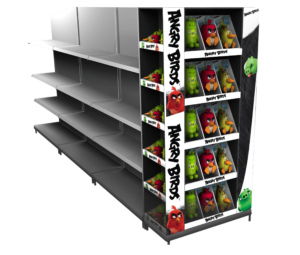Home » Optimizing Your Retail Displays: The Art of Material Selection
Optimizing Your Retail Displays: The Art of Material Selection
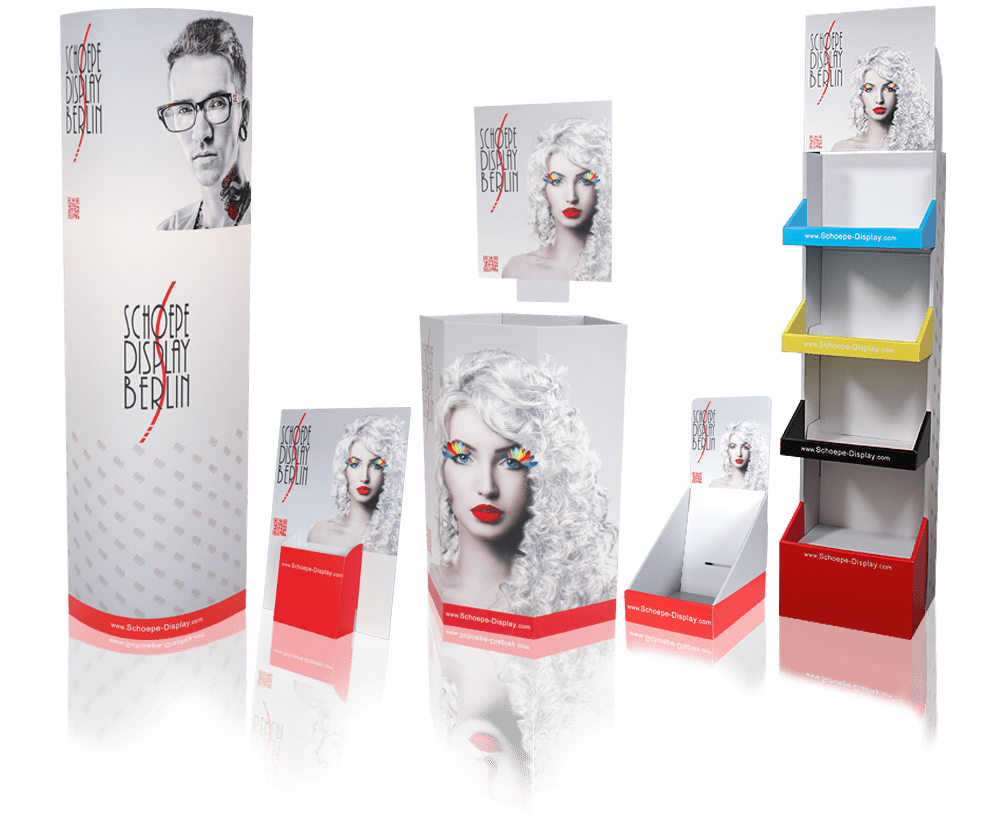
In the dynamic realm of retail, crafting the perfect display goes beyond just showcasing products – it’s about sparking customer interest, driving sales, and making a lasting impression. Key to this success is the strategic use of point-of-purchase (POP) displays, which have the power to influence buying decisions at the crucial moment. This guide delves into the essential factors to consider when choosing the right materials for your retail displays, ensuring that your creations stand out and make a genuine impact.
Balancing Cost and Quality
Your choice of materials significantly affects your display’s overall cost and quality. While cardboard offers an affordable option, plastic strikes a balance between cost and durability. Higher-end materials like wood and metal communicate luxury, potentially enhancing the perceived value of your products.
Ensuring Longevity and Durability
Consider the intended lifespan of your displays. Corrugated cardboard suits short-term promotions, while plastic, metal, and wood are better suited for long-lasting and semi-permanent installations. Plastic excels in semi-permanent setups, whereas wood and metal offer robustness for prolonged use.
Flexibility for In-Store Mobility
The ease of movement is vital for logistics and adaptability within the store. Well-designed displays simplify assembly, shipping, and rearrangement. Lightweight materials like cardboard are easy to transport and assemble, while plastic and metal provide flexibility in placement.
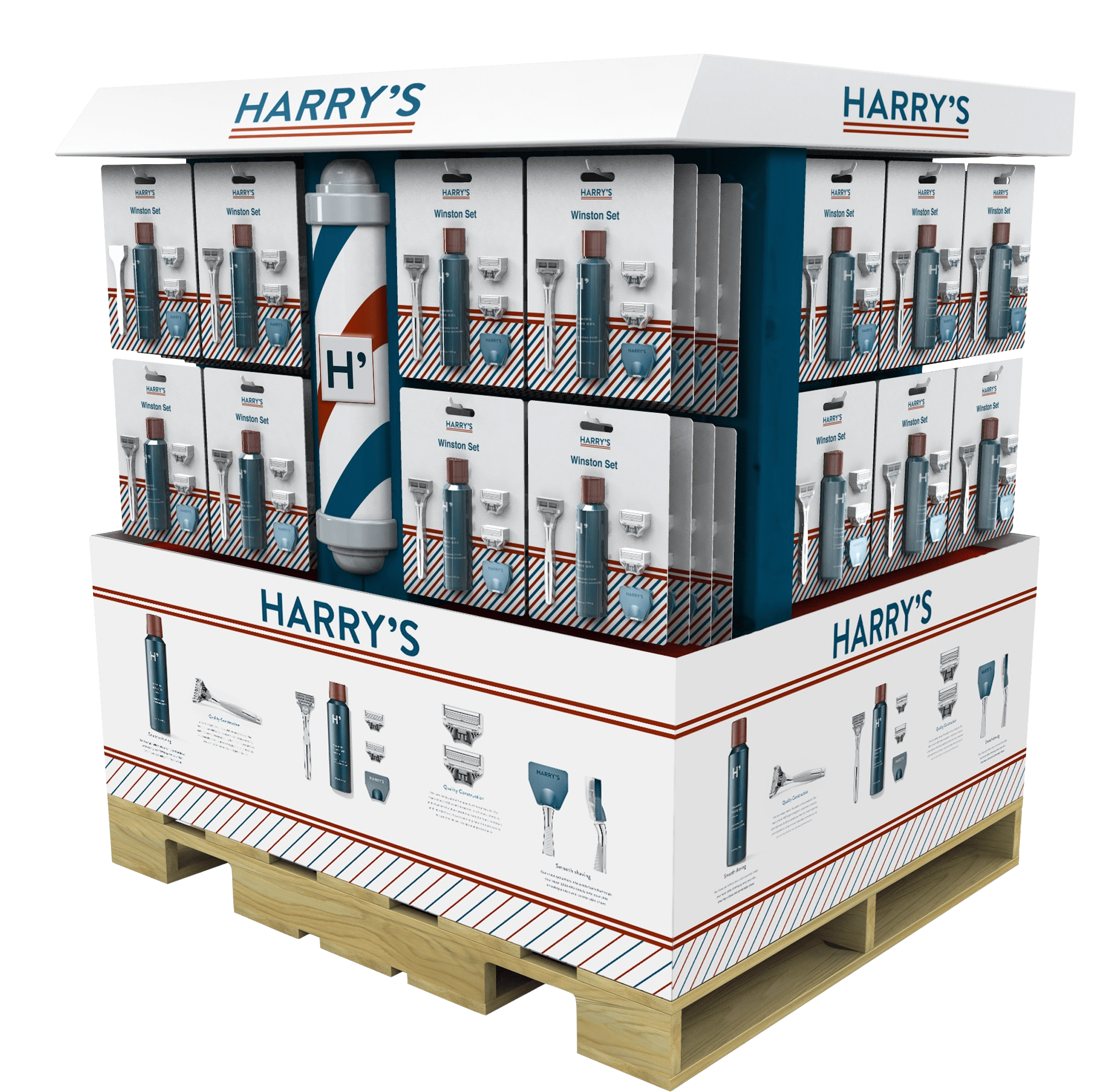
Safeguarding Products with Smart Design
Product protection is paramount, especially for fragile or valuable items. Metal, plastic, and wood offer enhanced impact resistance compared to cardboard. Secure display options like wire tethers can deter theft and prevent accidental damage.
Aesthetic Appeal and Brand Alignment
Materials contribute to the overall visual and tactile experience of your displays, playing a pivotal role in conveying your brand’s identity. Cardboard offers versatility in design, plastic exudes modernity, wood brings in natural charm, and metal adds a touch of sophistication. The inclusion of electronic components elevates interactivity and brand engagement.
Sustainability and Environmental Responsibility
In today’s eco-conscious landscape, consider the environmental impact of your display materials. Cardboard is a standout option due to its recyclability, while permanent materials generate less waste. Wood can often be repurposed, and metal is endlessly recyclable – align your choices with your brand’s commitment to sustainability.
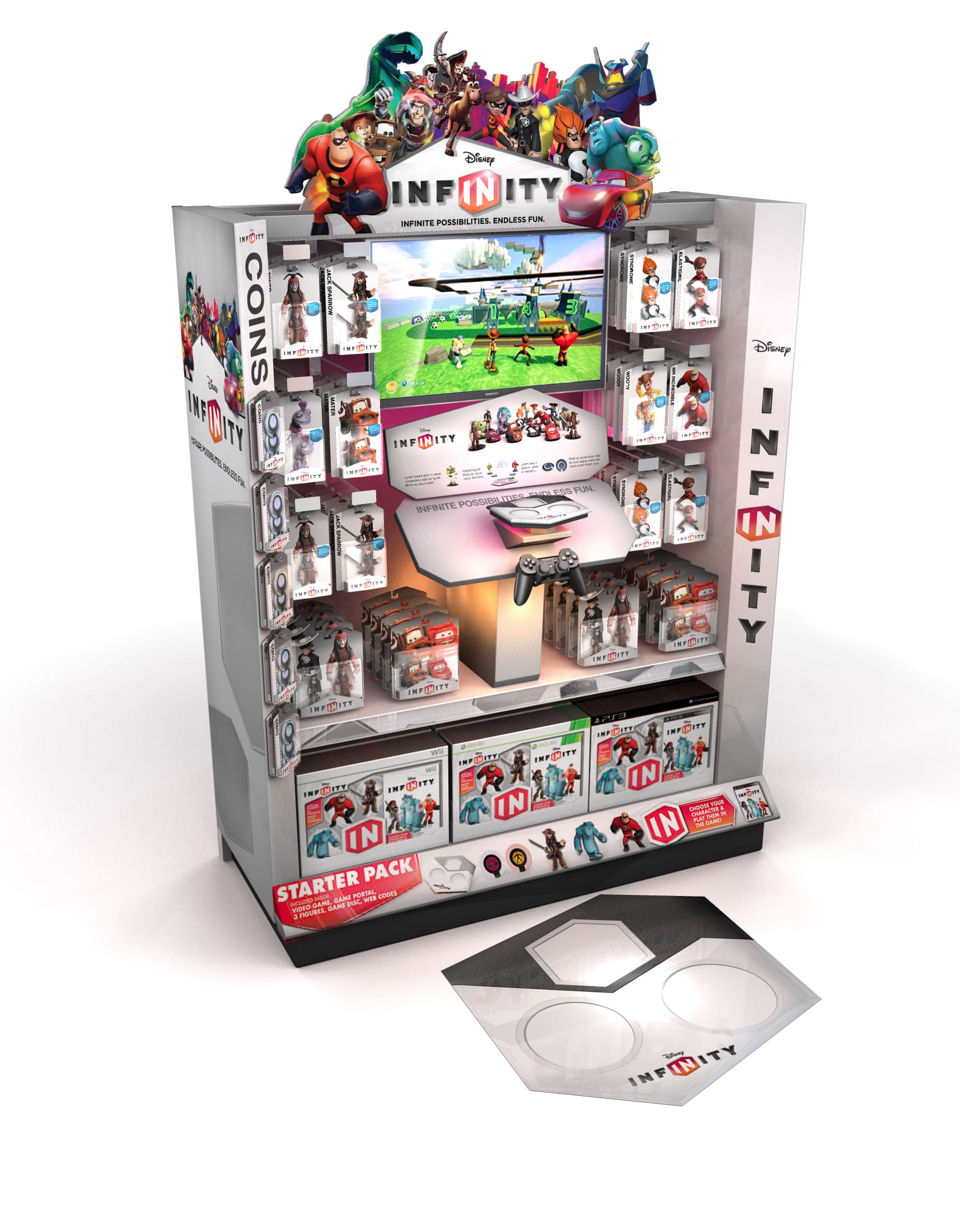
Materials that Complement Product Vibes
Harmonize your display materials with your product type to create a coherent and captivating presentation. Cardboard’s adaptability suits a range of products, plastic shines for clothing and sleek items, wood adds warmth for food and wine displays, and metal lends an industrial edge for electronics and snacks.
If you are interested in point of purchase displays, then partner with Brown Packaging today.
Retailers place strict requirements on packaging to ensure products move efficiently through distribution centers, arrive safely, and look consistent on shelves. Non-compliance can lead to
RSC boxes dominate shipping because they combine strength with efficiency. But beyond protection, their dimensions and stacking performance directly influence freight cost, pallet utilization, and
The Regular Slotted Container (RSC) is the most widely used corrugated box style in the world. Its simplicity, manufacturing efficiency, and versatility make it the
Sustainability in pet product packaging involves balancing environmental impact with functional performance. Materials must protect against moisture, oxygen, and pests while also meeting recyclability or
Retail packaging must do two jobs at once—catch the shopper’s eye while protecting the product through the supply chain. Too much focus on graphics can
As budgets tighten in 2026, packaging buyers are under pressure to reduce costs without increasing damage rates. Cutting too aggressively can lead to product loss,
Home » Optimizing Your Retail Displays: The Art of Material Selection
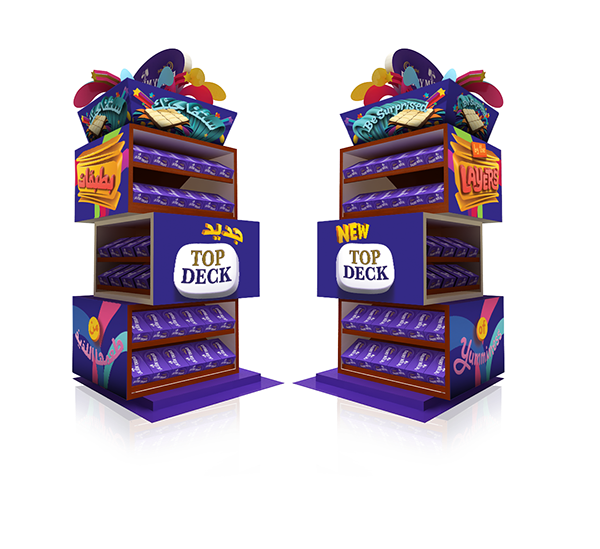
In the bustling world of retail, where competition is fierce and every inch of shelf space matters, staying ahead requires innovation. You’ve cultivated an exceptional

Club stores such as Costco, Sam’s Club, and BJ’s Wholesale represent unique opportunities for brands. These high-traffic environments demand large-format point-of-purchase (POP) displays that deliver
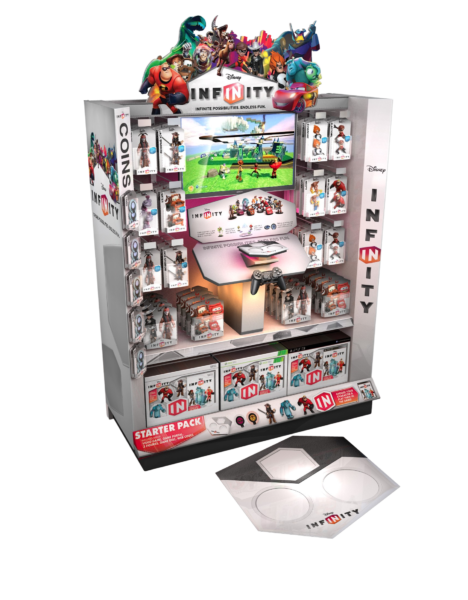
Cross-merchandising is one of the most effective ways to increase basket size in retail. By pairing complementary products in a single point-of-purchase (POP) display, brands


